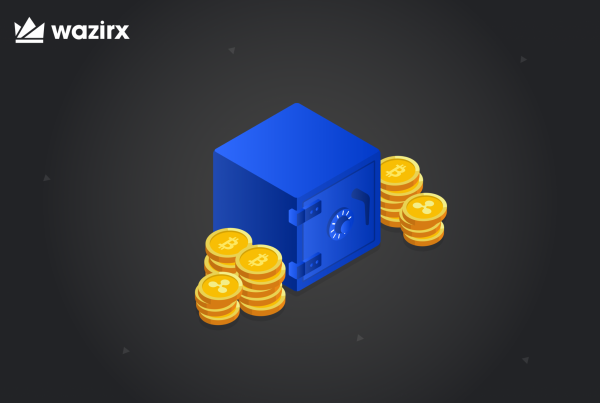Table of Contents
The crypto market has experienced tremendous growth over the past few years, with new projects emerging and existing ones gaining mainstream acceptance. As the market expands, so does the interest in metrics, such as market capitalization and circulating supply. These metrics are critical for investors, traders, and analysts to assess the value of a crypto project. This blog will dive into the differences between market cap and circulating supply and why they matter in the crypto market.
What is Market Cap?
Market capitalization, or market cap for short, is a widely used metric in traditional finance and crypto markets. In simple terms, the market cap is the total value of a company or crypto project. For cryptos, the market cap is calculated by multiplying the circulating supply of tokens or coins by the current market price.
For example, if a crypto project has a circulating supply of 10 million coins, and each coin is valued at $1, the market cap would be $10 million (10 million * $1). Market cap gives an idea of the total value of a crypto project, and it is often used to rank cryptos based on their size. It also provides an easy way to compare different projects and assess their potential for growth.
What is Circulating Supply?
Circulating supply refers to the number of coins or tokens currently available in the market and are in the hands of investors. These are the tokens that have been distributed to investors, and they are not locked up in the project’s treasury or held by the team. The circulating supply is often less than the total supply of tokens or coins.
Total supply, on the other hand, refers to the total number of tokens or coins that the project has created. Total supply includes the circulating supply, as well as any tokens that are still locked up in the project’s treasury or held by the team.
Understanding the difference between circulating supply and total supply is crucial for investors and traders. If a project has a large total supply, but only a small portion is circulating, it can impact the price of the tokens. A project with a large total supply may also have a higher inflation rate, which can impact the value of the tokens over time.
Why Do Market Cap and Circulating Supply Matter?
Market cap and circulating supply are essential metrics in the crypto market because they help investors and traders assess the value of the project. Market cap gives an idea of the total value of a project while circulating supply provides information on the number of tokens that are available to investors.
Investors and traders can use these metrics to compare different projects and assess their potential for growth. For example, if two projects have the same market cap, but one has a larger circulating supply, it may indicate that the project with the larger circulating supply is less valuable.
Market cap and circulating supply can also impact the liquidity of the crypto. A project with a high market cap and a large circulating supply will likely have more liquidity, making it easier for investors to buy and sell the tokens.
Conclusion
Market cap and circulating supply are essential metrics in any market. Market cap gives an idea of the total value of a project while circulating supply provides information on the number of tokens that are available to investors. Understanding the difference between market cap and circulating supply is crucial for anyone interested in investing or trading cryptos.
 Disclaimer: Cryptocurrency is not a legal tender and is currently unregulated. Kindly ensure that you undertake sufficient risk assessment when trading cryptocurrencies as they are often subject to high price volatility. The information provided in this section doesn't represent any investment advice or WazirX's official position. WazirX reserves the right in its sole discretion to amend or change this blog post at any time and for any reasons without prior notice.
Disclaimer: Cryptocurrency is not a legal tender and is currently unregulated. Kindly ensure that you undertake sufficient risk assessment when trading cryptocurrencies as they are often subject to high price volatility. The information provided in this section doesn't represent any investment advice or WazirX's official position. WazirX reserves the right in its sole discretion to amend or change this blog post at any time and for any reasons without prior notice.
















